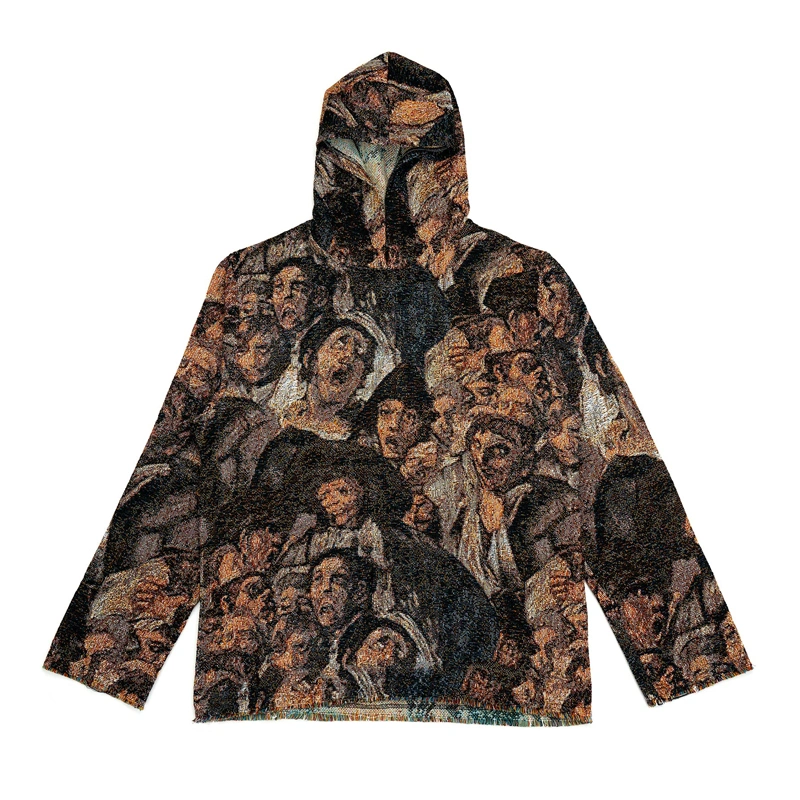Introduction to Tapestry
Welcome to the enchanting world of tapestry! If you’re someone who appreciates artistry, history, and unique home decor, then you’re in for a real treat. Tapestry has been captivating people’s hearts and minds for centuries with its intricate designs, rich colors, and timeless beauty. It is more than just a decorative fabric; it tells stories, preserves traditions, and adds that touch of elegance to any space.
In this blog post, we will dive into the fascinating world of tapestry. We’ll explore its origins dating back thousands of years ago and discover how it has evolved over time. From traditional uses to modern applications in interior design, we’ll uncover the many ways tapestry can enhance your living spaces. So get ready to be inspired as we unravel the secrets behind this exquisite art form.
Whether you are an avid collector or simply looking for creative ways to spruce up your home decor, tapestries offer endless possibilities. Let’s embark on this journey together and explore everything there is to know about tapestry – from its historical significance to practical tips on incorporating it into your own personal style.
So grab a cup of tea (or coffee!) and prepare to be captivated by the allure of tapestry!
A Brief History of Tapestry
Tapestries have a rich and fascinating history that spans centuries. The art of tapestry Hoodie weaving can be traced back to ancient civilizations such as Egypt, Greece, and China. However, it was during the Middle Ages in Europe that tapestries truly flourished.
In medieval times, tapestries were not only decorative but also served functional purposes. They were used to insulate cold stone walls in castles and manor houses, providing both warmth and beauty to these spaces. These early tapestries often depicted scenes from religious stories or historical events.
During the Renaissance period, tapestry weaving became more intricate and detailed. Royal courts across Europe commissioned large-scale tapestries adorned with elaborate designs and vibrant colors. These magnificent works of art showcased the wealth and power of their owners.
The 17th century saw a shift towards smaller-scale domestic tapestries known as “room-size” pieces. These were hung on walls as decorative focal points in homes of the wealthy middle class.
In modern times, tapestries continue to captivate us with their timeless beauty and versatility. They are no longer reserved for grand palaces; instead, they find their place in contemporary interiors around the world.
Today’s tapestries come in a wide variety of styles ranging from traditional motifs to abstract designs. They can be used as wall hangings or even transformed into stunning upholstery for furniture pieces like chairs or sofas.
To ensure the longevity of your beloved textile masterpiece, proper care is essential. Regular vacuuming using low suction is recommended to remove dust particles without damaging delicate fibers. If necessary, professional cleaning may be required to maintain its vibrancy over time.
In conclusion (as per writing instructions), understanding the history behind this exquisite art form allows us to appreciate the skill and craftsmanship involved in creating tapestries. From their
The Different Types of Tapestry
Tapestry Jacket is an art form that has been around for centuries, and over time, different types of tapestries have emerged from various cultures around the world. Each type has its own unique characteristics and designs that make it a truly special addition to any home decor.
One of the most well-known types of tapestry is the Belgian tapestry. Known for its intricate details and vibrant colors, these tapestries often depict historical events or scenes from nature. They are woven using high-quality materials such as wool or silk, which adds to their luxurious feel.
Another type of tapestry is the Aubusson tapestry, which originated in France during the 17th century. These tapestries are known for their elegant and refined designs, often featuring floral motifs or pastoral scenes. They were originally woven by hand using a technique called “flat weave,” which gives them a distinctive flat appearance.
